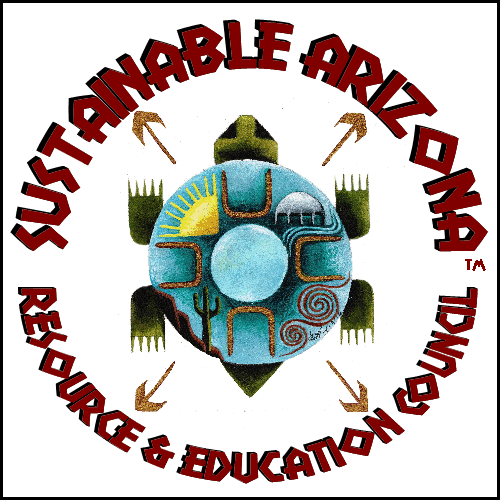If you live in a developed country, and I assume many of you are if you’re reading this, waterborne diseases probably aren’t something you typically worry about. But did you know that poor water sanitation and a lack of safe drinking water take a greater human toll than war, terrorism and weapons of mass destruction combined?
Even in America, pumps, pipes and purification facilities could all fail, leaving you susceptible to waterborne diseases.
So what exactly are waterborne diseases? How many people are actually affected by them? How do we keep our water clean and safe? How many people are dying from these diseases, and what can we do to prevent that from happening? We’ll answer all of those questions here.
How Much Drinkable Water Is There?

First things first. Before we can understand why waterborne diseases are so prevalent, we need to have a clear understanding of how much drinkable water is actually available.
While nearly 70 percent of the world is covered in water, only 2.5 percent of it is drinkable. And of that, only 1 percent of it is easily accessible, with the rest trapped in glaciers and snowfields.
Since most of the Earth’s fresh water is frozen at the North and South poles, that leaves the rest of the fresh water in surface water and groundwater. Surface water is found in the Earth’s lakes, rivers, and streams. Groundwater is just surface water that has made its way into the soil.
You might be wondering if we will ever run out of fresh water. Our population is rapidly increasing, and most of our uses for fresh water are increasing right along with it. So, will we always have enough fresh water to go around? We will.
The Earth is very efficient when it comes to recycling its water. Every drop of water we use continues through the water cycle. Water on the ground and in lakes and streams is evaporated into the clouds, and then sent falling back down to the ground. Although we may never run out of fresh water, we still need to do our part to be sure we keep it as clean as we possibly can.
What Are Waterborne Diseases?
A waterborne disease is simply any disease that is contracted by drinking dirty or contaminated water. In under-developed countries the water is typically contaminated by human and animal feces or a general lack of sanitation. In more developed countries, it can be caused by faulty pipes, pumps, or purification facilities. It’s even possible to get a waterborne disease by eating food that was contaminated by dirty water.

